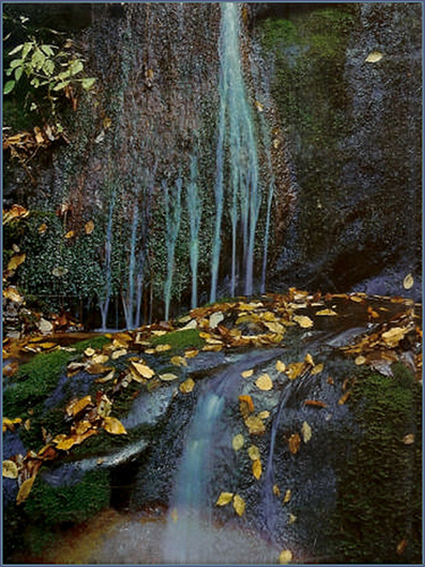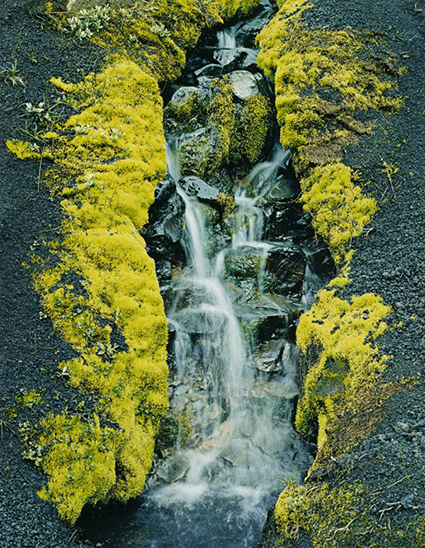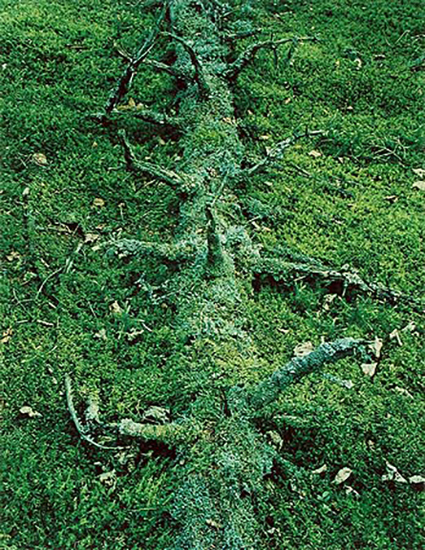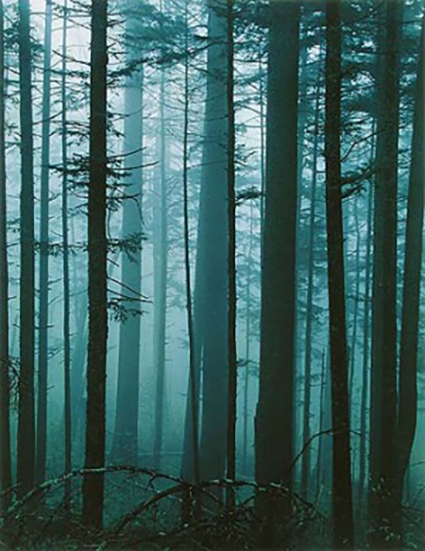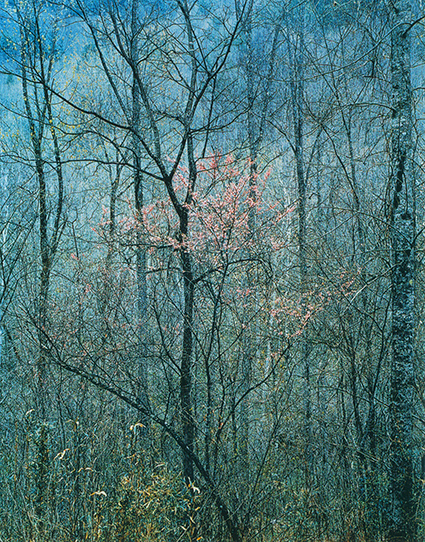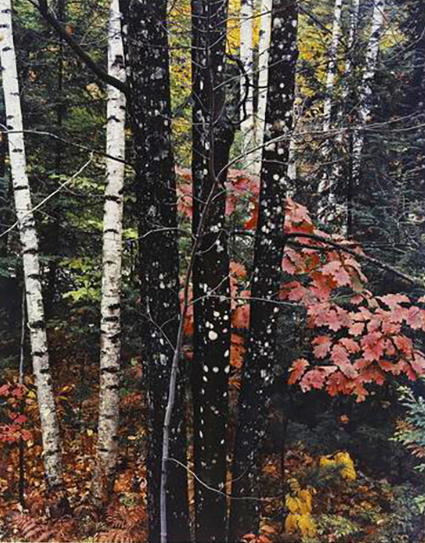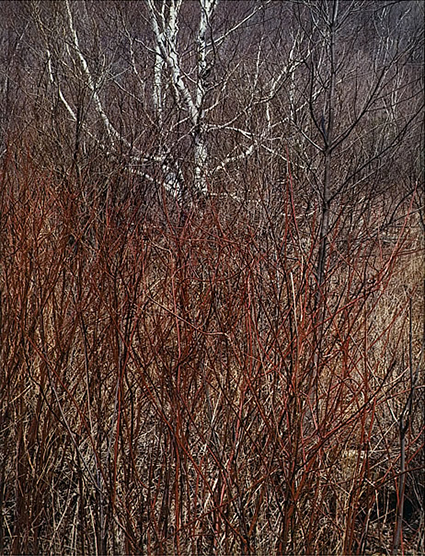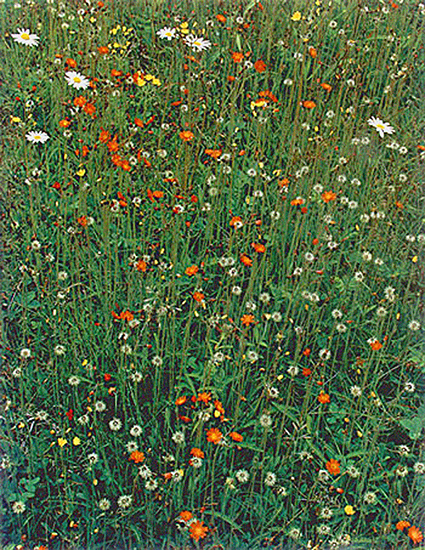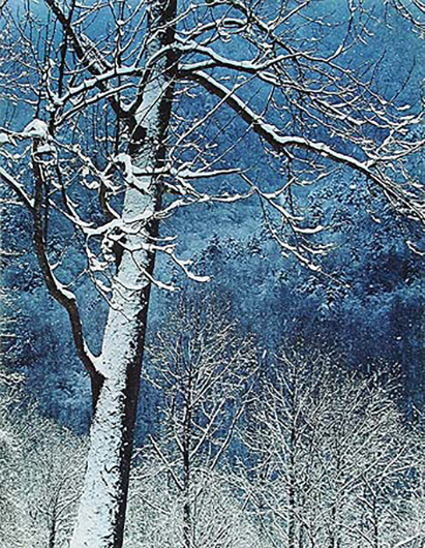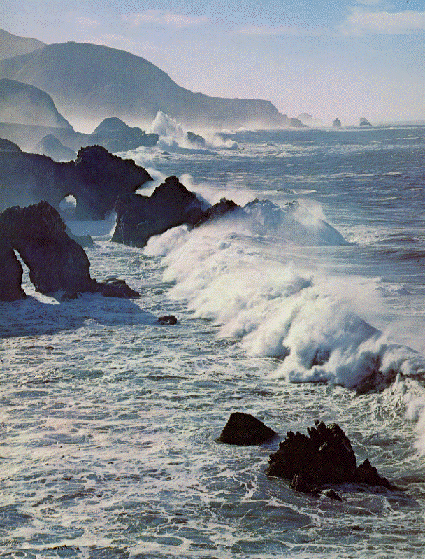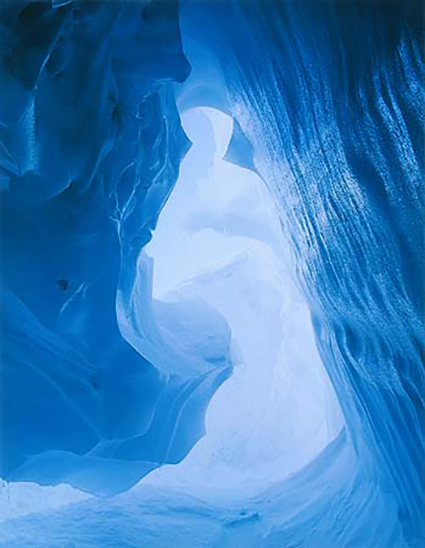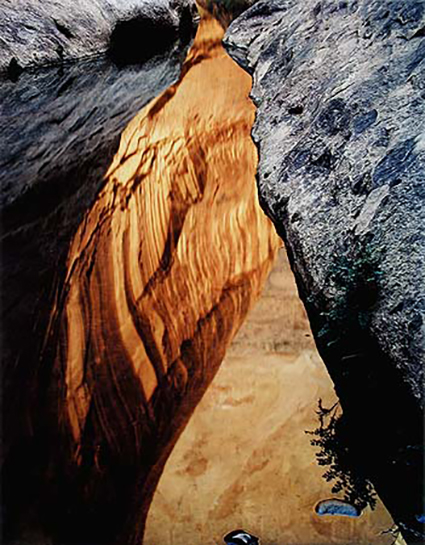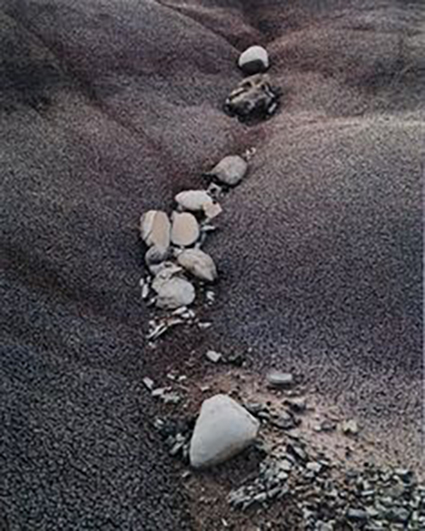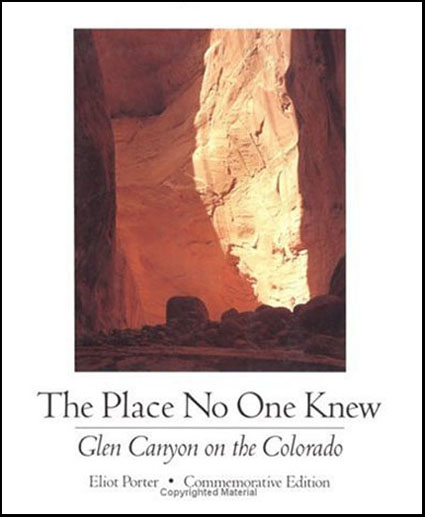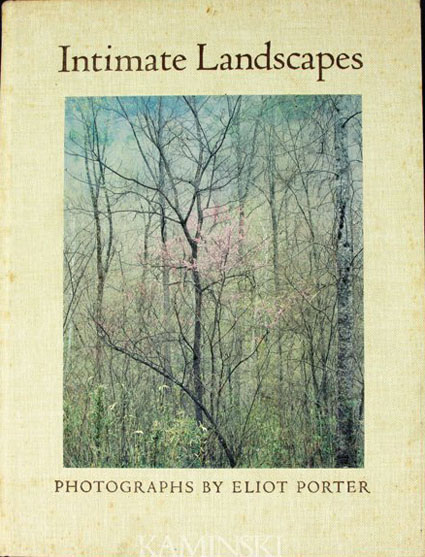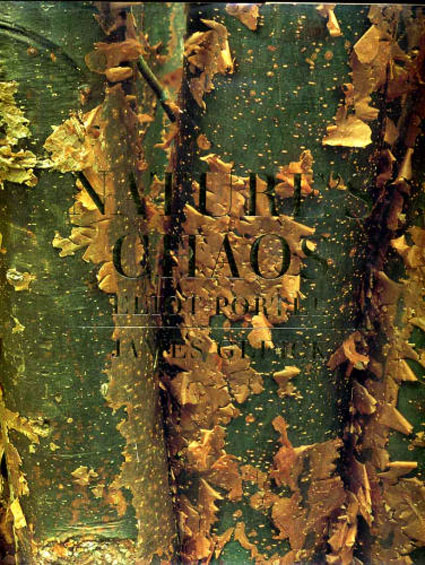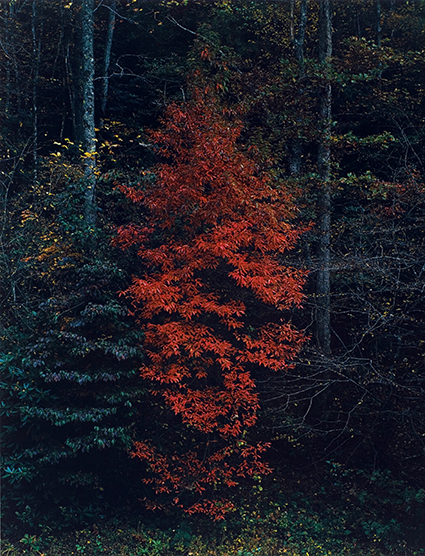
Enjoy this collection of quotes by Eliot Porter.
“Every photograph that is made whether by one who considers himself a professional, or by the tourist who points his snapshot camera and pushes a button, is a response to the exterior world, to something perceived outside himself by the person who operates the camera.” – Eliot Porter
“You learn to see by practice. It’s just like playing tennis. You get better the more you play. The more you look around at things. The more you see. The more you photograph. The more you realize what can be photographed and what can’t be photographed. You just have to keep doing it.” – Eliot Porter
“Photographs are believed more than words; thus they can be used persuasively to show people who have never taken the trouble to look what is there.” – Eliot Porter
“Photography is a strong tool, a propaganda device, and a weapon for the defense of the environment…and therefore for the fostering of a healthy human race and even very likely for its survival.” – Eliot Porter
“I don’t think it’s necessary to put your feelings about photography in words. I’ve read things that photographers have written for exhibitions and so forth about their subjective feelings about photography and mostly I think it’s disturbing. I think they’re fooling themselves very often. They’re just talking, they’re not saying anything.” – Eliot Porter
“I do not photograph for ulterior purposes. I photograph for the thing itself — for the photograph — without consideration of how it may be used.” – Eliot Porter
“You learn to see by practice. It’s just like playing tennis, you get better the more you play. The more you look around at things, the more you see. The more you photograph, the more you realize what can be photographed and what can’t be photographed. You just have to keep doing it.” – Eliot Porter
“Sometimes you can tell a large story with a tiny subject.” – Eliot Porter
“But before all else a work of art is the creation of love. Love for the subject first and for the medium second. Love is the fundamental necessity underlying the need to create, underlying the emotion that gives it form, and from which grows the unfinished product that is presented to the world. Love is the general criterion by which the rare photograph is judged. It must contain it to be not less than the best of which the photographer is capable.” – Eliot Porter
“My emotions, instincts, and interests are all with nature.” – Eliot Porter
“Much is missed if we have eyes only for the bright colors. Nature should be viewed without distinction… She makes no choice herself; everything that happens has equal significance. Nothing can be dispensed with. This is a common mistake that many people make: They think that half of nature can be destroyed — the uncomfortable half — while still retaining the acceptable and the pleasing side.” – Eliot Porter
View 1 2 Great Photographs By Eliot Porter.
View a documentary on Eliot Porter here.
Explore The Essential Collection Of Quotes By Photographers.
